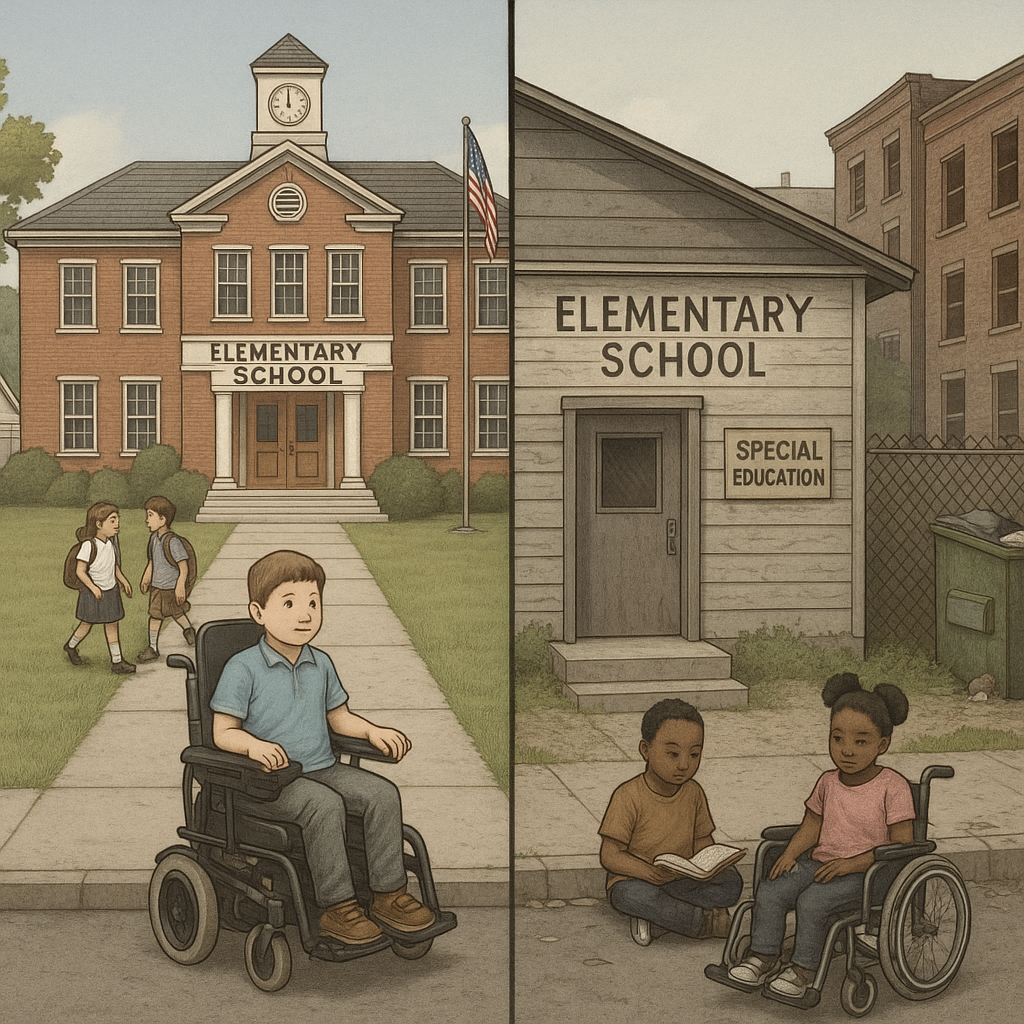
Introduction
Zoning and special education services inequality are closely linked, shaping access to quality education, therapies, and resources for children with special needs. In the United States, school zoning policies often determine the quality of education and special education services a child can receive, resulting in significant disparities across communities.
This guide will help you understand zoning and special education services inequality, its causes, impacts, and what you can do to advocate for change.
How Zoning Affects Special Education Services
School zoning policies typically assign students to schools based on where they live, directly impacting:
- Funding levels, which affect the availability of special education staff and services.
- Access to specialized programs and therapies.
- Class sizes and the ability to provide individualized support.
Wealthier neighborhoods often have better-funded schools, while lower-income communities may struggle to provide adequate special education services due to limited resources.
Learn more: Brookings: School Segregation and Educational Inequality.
Zoning and Special Education Services Inequality in Practice
Zoning and special education services inequality leads to:
- Longer wait times for evaluations and services in under-resourced schools.
- Fewer specialized teachers and therapists.
- Limited access to assistive technology and adaptive materials.
- Higher rates of burnout among special education staff due to large caseloads.
These disparities directly impact the ability of students with disabilities to access a free and appropriate public education.
The Role of Funding in Zoning and Special Education Services Inequality
School funding often depends on local property taxes, which means:
- Wealthy areas generate more funds, supporting better services.
- Lower-income areas collect less revenue, limiting opportunities for students with special needs.
For a deeper understanding of how funding structures impact special education, see The Politics of Education K-12 by Lonnie Palmer.
How Zoning Policies Perpetuate Inequality
School zoning often perpetuates segregation along socioeconomic and racial lines, leading to educational inequality:
- Students in lower-income zones receive fewer opportunities for inclusion and advanced services.
- Parents may face challenges relocating to areas with better schools due to housing costs.
- This structural inequality affects lifetime opportunities for students with special needs.
What Parents and Communities Can Do
Although zoning can feel unchangeable, parents and communities can advocate to reduce zoning and inequality:
- Attend school board meetings to advocate for equitable resource distribution.
- Support policies that promote funding equity across districts.
- Connect with advocacy groups working to address educational inequality.
- Share your story to raise awareness of the impacts of zoning on special education.
Related Reading
For related perspectives, read:
1. Does Special Education Spending Improve Outcomes?
2. How Special Education Affects Public Schools.
3. How Parents Can Support Special Education at Home.
These articles complement the discussion by exploring systemic reforms needed in education.
Conclusion:
It is a systemic issue, but through advocacy, policy changes, and community action, we can work toward fair opportunities for all students with special needs.
For insights into policy solutions to address zoning and special education services inequality, read The Politics of Education K-12 by Lonnie Palmer.
2 Responses